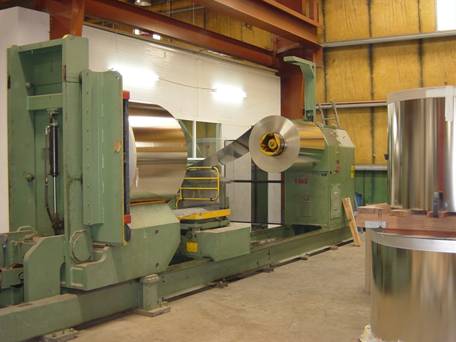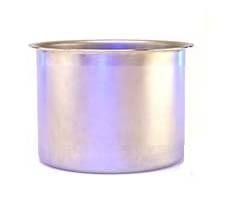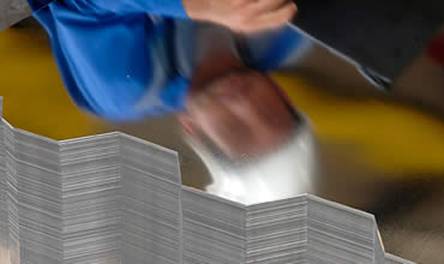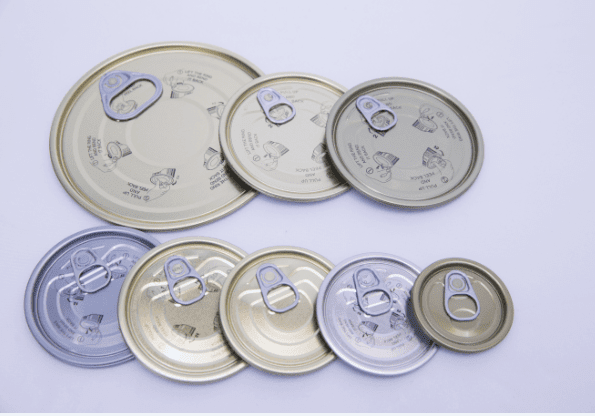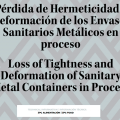Cutting process in the manufacture of metallic containers
The cutting process in the manufacture of tinplate containers and lids is carried out with metal that is received in the form of coils of approximately 10 tons. These coils have different widths, thicknesses, hardnesses and tin plating, depending on their end use. The metal is cut into straight or scroll sheets, with a specific length depending on the production line to which they are destined, in order to optimize waste.
The cut is made by a shearing process between two rollers, one lower and one upper, which have a sharp side facing each other. The alignment of these blades leaves an overlap of 0.4 mm between the lower and upper blade, which creates a shearing effect and produces the cut. This process is carried out in two passes: in the first pass the sheet is cut in the direction of the development of the bodies, and in the second pass the rows of bodies coming out of the first pass are cut along their height.
To ensure a good cut, it is important to verify that the material is as specified in the manufacturing order before loading a block into the feeder. In addition, self-monitoring checks must be performed during the scroll cutting process.
In the case of lithographed tinplate, a sheet is cut to be pressed by the corresponding press operator and then the centering of the radii in the lid trough is verified by the Quality Department. Also the importance of assigning the tinplate bundles to their corresponding cutting order and entering the data into the line’s computer system. The scroll strips are automatically stacked with a carton between each stack and wrapped with manual stretch film.
It is important to separate into different scroll strip bundles those tinplate bundles with different origin, thickness, coating, temper and annealing for the same run or coating order. Finally, the packages of strips obtained must be labeled by computer.

